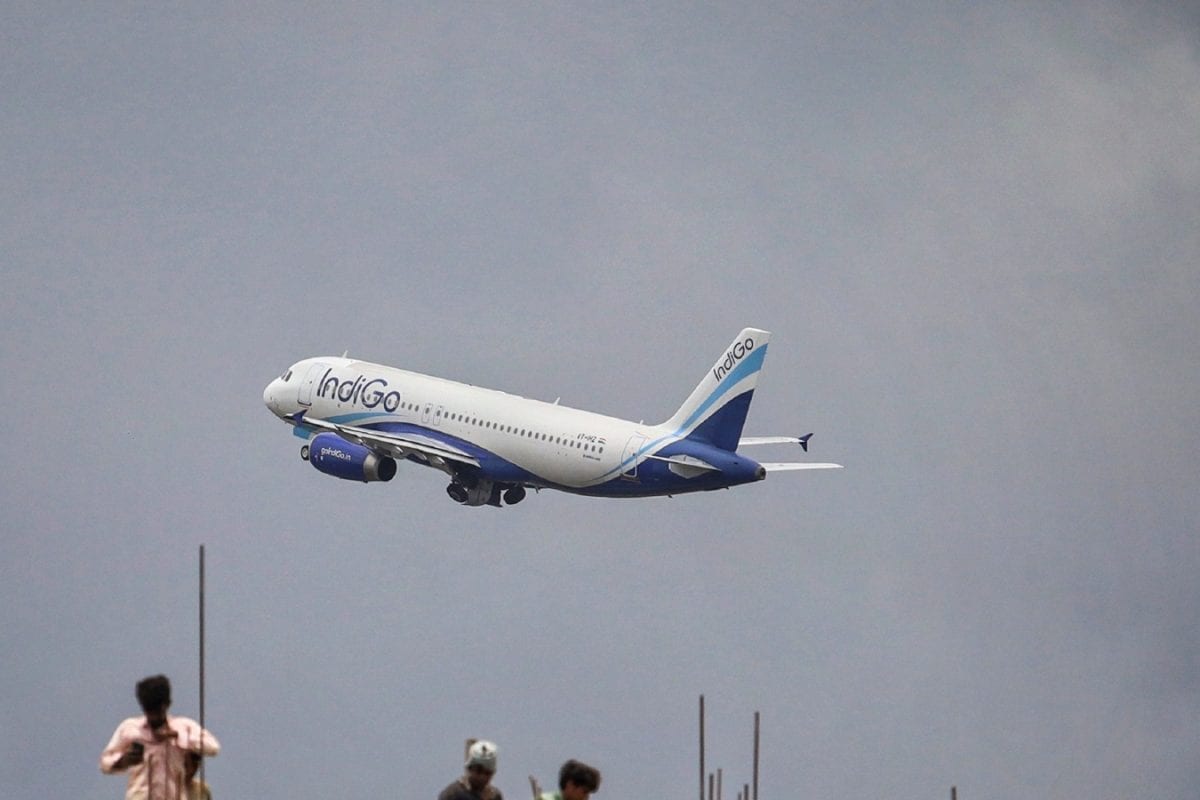

The recent closure of Iranian airspace due to escalating tensions in the Middle East has significantly disrupted flight paths, particularly impacting Indian carriers operating routes to Europe. Following the Israeli attacks on Iran, Iranian aviation authorities shut down the country's airspace, causing widespread diversions and delays. This closure adds to existing challenges, as Pakistan's airspace has also been closed to Indian carriers since April 24, forcing airlines to take longer and more circuitous routes.
Air India, a major Indian carrier with a substantial widebody intercontinental presence, has been significantly affected. On Saturday, June 14, 2025, the airline reported that 16 flights were impacted by the airspace closure on Friday. Some flights were diverted to cities en route, such as Vienna, Jeddah, and Sharjah, while others returned to their origin airports. Routes to and from major cities like London, New York, Vancouver, and Chicago have experienced disruptions. Air India has issued advisories on platforms like X, stating that flights are operating on alternative, extended routes to ensure passenger safety, and the airline is working to minimize inconvenience. Inspections of Air India's Dreamliner fleet have also led to potential delays, especially on long-haul routes.
IndiGo, India's largest airline by market share, has also issued advisories warning passengers of potential disruptions. The airline has indicated that certain flight paths may require adjustments, leading to extended travel times and delays. Previously non-stop flights between Delhi and Tbilisi and Baku are now operating as one-stop routes. IndiGo has advised passengers to check their flight status before heading to the airport and has assured that customer service teams are assisting affected travelers.
The closure of Iranian airspace has resulted in several operational and financial challenges for airlines. Flight durations have increased by approximately 1.5 to 3 hours, necessitating more fuel and increasing operational costs. Airlines are also incurring additional expenses related to overflight fees for the new transit countries they are utilizing. The longer routes also put a strain on crew duty times.
The timing of these airspace closures coincides with the peak outbound travel season from India, which runs from June to August. This period typically sees a surge in international departures due to school holidays, exacerbating the impact on travelers. The recent air tragedy involving an Air India crash in Ahmedabad has further heightened passenger anxiety, leading some to defer non-essential travel.
Alternative routes are being explored to mitigate the impact of the airspace closures. Flights are being rerouted over the Arabian Sea, utilizing airways through Saudi Arabia, Egypt, or Central Asia. However, these alternative routes add to travel times and costs. The situation is also impacting cargo flights, with delays in shipments of goods to and from Europe.
The ongoing uncertainty regarding airspace availability and the duration of the closures is causing confusion among travelers and travel agents. Many customers are hesitant to book or postpone travel plans, leading to a negative impact on outbound tourism. Travel agents are receiving numerous calls from concerned customers seeking clarity on their bookings.
The Directorate General of Civil Aviation has asked Air India to inspect its Dreamliner fleet, adding another layer of complexity to airline operations. These inspections could lead to higher turnaround times and further potential delays on certain long-haul routes.
In summary, the closure of Iranian airspace has created significant challenges for Indian carriers, leading to flight diversions, delays, increased operational costs, and passenger anxiety. Airlines are working to adapt to the situation by rerouting flights and providing assistance to affected travelers, but the disruptions are expected to continue until the airspace reopens.